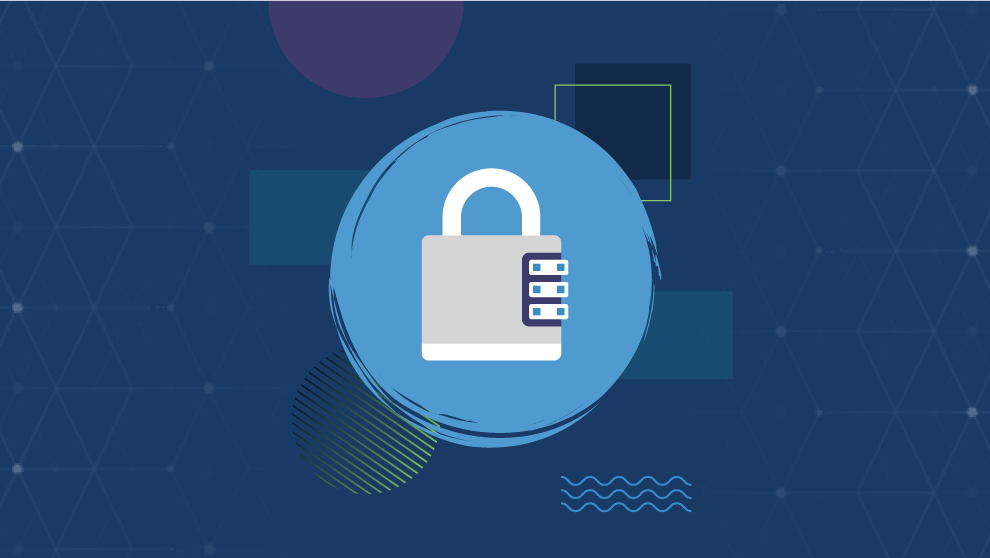4 Steps to Protect Your Network from DDoS Attacks
Networking | Cybersecurity | Service Provider | Enterprise Networking
Attention Service Providers: Your Network Services and Security MUST Include DDoS Protection
Let’s face it, Distributed Denial-of-Service (DDoS) attacks are going to happen. With so many devices connected to your network—computers, mobile devices, even IoT devices—there are a lot of open doors for bad actors. Utilizing multiple compromised computer systems, they can create enough traffic to disrupt the normal flow, overwhelming your network and jeopardizing the quality of service you provide for your customers.
If you can’t mitigate the damage in a timely manner your reputation as a trusted service provider will be dampened not only with current clients, but with net new ones as well. A disrupted network connection can cause down time in this fast-paced world. And your clients, and their customers, don’t have the time to wait for their services to become more resilient.
Common DDoS Prevention Methods
Many Service Providers rely on preventative measures, such as large Internet connections, firewalls, virtual private networks (VPNs), load balancers, and robust edge devices to protect their networks from distributed denial-of-service attacks. But these aren’t enough in today’s Internet Service markets. It’s also not enough to just detect a DDOS, Service Providers need the ability to stop a DDOS in its tracks quickly.
Though all these products are must-haves for protecting your networks, they can be susceptible to DDoS attacks. To ensure your network is fully protected and can quickly recover when the inevitable happens, you need to not only work on preventing attacks from happening but have a plan in place to quickly respond and mitigate them when they do.
4 Steps to Protect Your Network from DDoS Attacks
Having a solid network services and security plan in place for distributed denial-of-service attacks not only protects your network but it also proves that you’re invested in protecting your customers, which can differentiate you as a more reliable Service Provider.
Step 1 – Prevention strategy
Do what you can to prevent attacks from happening, including configuring your routers and firewall to recognize and filter “bad network traffic.”
Step 2 – Mitigation and response strategy
Make sure you can resolve issues quickly and provide your customers with the uninterrupted services they expect. Having a plan to work has been proven to increase the success of cyber mitigation strategies. Your plan should be dynamic, improving your strategy and plan based on the lessons learned from red teaming and actual attacks.
Step 3 – Experienced network services and security team
Have a team with real-world DDoS expertise to ensure your network traffic remains manageable and that the strategies that are deployed are tried and tested to detect, alert, respond and report in the event of a DDoS occurrence.
Step 4 – Industry-leading solutions
Choose network security manufacturers, such as Radware, A10 Networks, Cisco, and NETSCOUT Arbor, with proven reputations in providing top-tier DDoS solutions.
Taking a holistic approach strengthens your network’s overall security posture to:
- Detect and respond faster to DDoS attacks
- Have greater resilience against attacks
- Minimize service degradation
- Prevent network downtime
Common Considerations when searching for a DDoS Mitigation solution
Ultimately, you need to decide which method for handling malicious traffic from a DDoS attack is needed for your environment.
In addition to monitoring and alerting capabilities, there are two malicious traffic mitigation methods that you should look at when selecting the right solution for your overall DDoS prevention strategy.
The 2 traffic mitigation methods you need to look for in prospective technology solutions are:
1. Scrubbing
- This practice may be included with the technology solutions or as an added cost. Scrubbing allows you to stay online while filtering out the bad traffic from the good traffic. It’s a much more thorough approach than Black Hole Routing because it analyzes all traffic not just filtering anything that doesn't meet your security policies.
- This method is much more common for diverting unwanted, malicious content to what is referred to as a ‘black hole’. It discards/drops incoming packets that do not meet the policy criteria you’ve set ahead of time.
Depending on whichever solution you choose, these methods may be handled differently or not offered at all.
Build a Stronger Network Services and Security Strategy
Keeping the quality of your services high is a challenge without having to worry about the security side of things. But with DDoS attacks and other malicious methods threatening your network—and thus the “product” you’re selling — you need to find a tech team with the expertise to take that stress off your shoulders. Our networking experts specialize in helping Service Providers throughout the Southeast build effective network services and security strategies. We work with top-tier partners to utilize software and hardware solutions to reduce your attack surface and defend your network traffic flows against DDoS and other attacks.
Ready to fortify your DDoS defense strategy? First, you need to identify vulnerabilities in your current one. Learn more about Security Risk Assessments here. Not sure where to start? Schedule a consultation with IE’s Service Provider experts or learn more about our Service Provider solutions here.
Sources:
[1] https://www.cisco.com/c/en/us/products/collateral/security/secure-ddos-protect-aag.pdf





